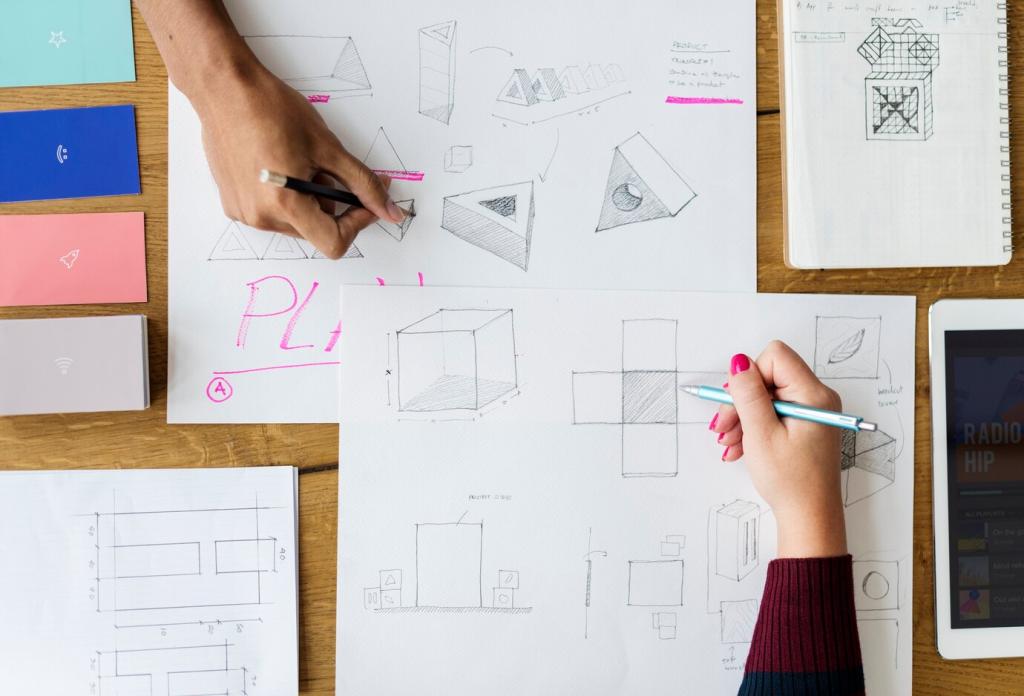Why Color Shapes How We Feel at Home
Our brains process color rapidly, linking hues with learned and biological cues. Cooler blues can slow breathing and heart rate, while reds increase alertness. If you seek focus, try cooler undertones; for connection, warm mid-tones often help.
Why Color Shapes How We Feel at Home
Cultural signals, childhood rooms, and brand environments teach us to feel certain ways about color. A sunny yellow classroom might inspire optimism, while a sterile gray office can feel draining. Reflect on your past spaces and share patterns you notice.


